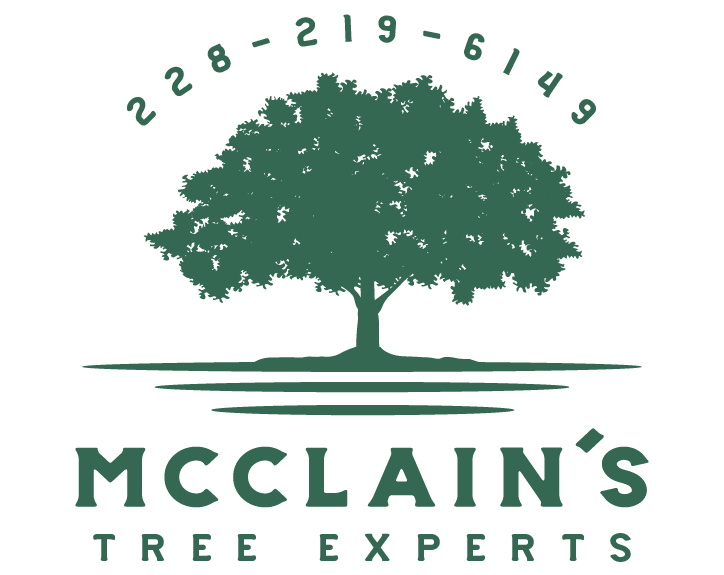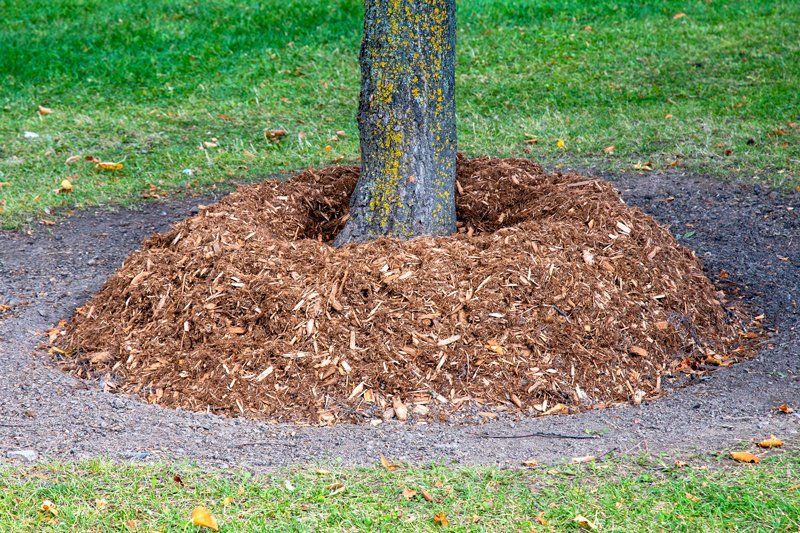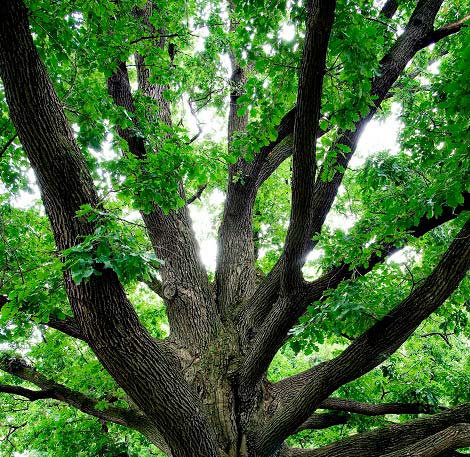Identify Tree Problems Before the Storms Arrive
The Atlantic and Gulf hurricane season
can stretch from early summer well into early winter. Even those who
live inland have to deal with high winds and possible tornadoes when
a storm moves in from the coast.
Landscape trees are often the first to suffer, which can be a major problem. Falling trees and dropped branches can damage buildings and cars, bring down power lines, or injury those below. Knowing what to look for before the storms arrive enables you to fix any issues before your trees cause major damage.
Verify the General Health of the Tree
Anything that compromises the health of a tree can increase the chances of dropped limbs or toppling during a storm event. Taking the time to survey the trees both before and periodically throughout the storm season can help you catch problems early.
Damage
The most obvious visible damage is broken branches. Branches that barely hang on need removing and are flush to the trunk or main lateral branch to which they attach. Otherwise, they will likely come down violently during the next wind event. Obviously, dead or dying branches should also be removed.
Take damage to the trunk seriously. If a large amount of bark has been stripped, for example, the canopy of the tree could be weak and dying. A tree service can determine if the bark damage is extensive enough to warrant concern.
Disease Symptoms
Tree diseases stem from insects, fungi, viruses, or bacteria. If a tree has increased insect activity, major leaf dieback, or obvious holes in the trunk and limbs, then it needs insect treatment or complete removal if it has become a safety hazard.
Fungal diseases often are visible by producing mushrooms around the tree base or along the trunk. Bacterial and viral diseases may be visible as open cankers that weep sap or as tip and leaf dieback in the canopy. Any of the symptoms indicate that assessment and possible treatment is necessary.
Check for Structural Issues
Structural issues can be from past damage or improper pruning at some point that lead to a poor form. Age can also lead to structural problems on a tree.
Leaning
Leaning can be from various issues. Generally, if a tree has a slight lean and has been that way with no changes for some years, then you likely have no concern, although an annual assessment should still be done.
For newly leaning trees or trees that have an increasing angle of lean, then the roots may have failed. Sometimes in wet soils, particularly if they are sandy, shallow-rooted trees develop a weakened hold on the soil. This can cause the tree to topple during a rain and wind event.
Crossed Branches
Crossed branches in the canopy rub together. Over time, this weakens the branches and increases the chances of them breaking and falling onto something or someone below.
Although crossed, rubbing branches can be difficult to spot when a tree is in leaf, but you may be able to hear them. Squeaking or clacking sounds during breezy conditions often indicates rubbing. Inspecting and pruning the tree during late winter dormancy can also help prevent this issue.
Consider Location Problems
The location of the tree should have been considered carefully at planting, but this isn't always the case. Carefully assess the location of your trees, and make changes when possible.
Overhanging Branches
Trees can be in the right location, but overgrown branches can become an issue. If any branches scrape against the house due to wind, they need trimming.
If trimming the canopy to prevent overhanging branch issues affects the balance of the tree, it may need removal.
Powerlines
Powerlines pose their own danger. You do not want the tree branches to entangle in any power lines, since this is both a fire and an electrocution risk.
Trimming near powerlines should only be done by a professional, due to the risks.
Contact McClain's Tree Experts to schedule an assessment of your trees so you can ensure your landscape is ready to withstand the storms.





